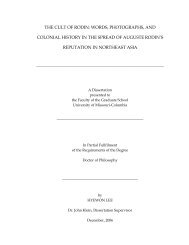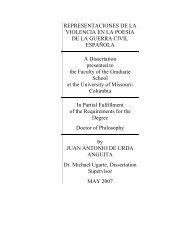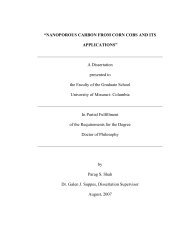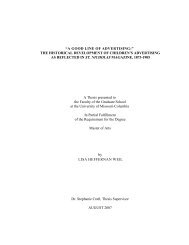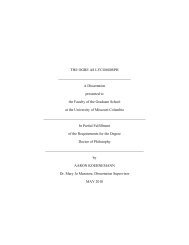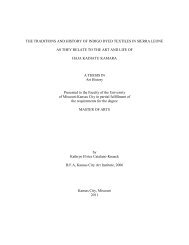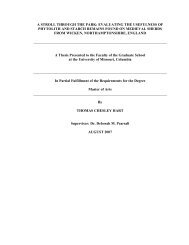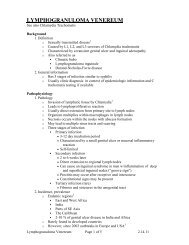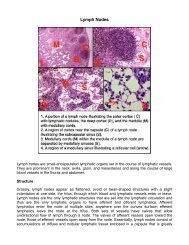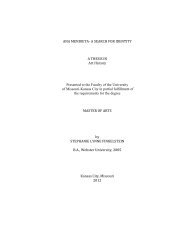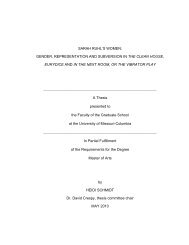Social Construction of Reality - Bad Request
Social Construction of Reality - Bad Request
Social Construction of Reality - Bad Request
You also want an ePaper? Increase the reach of your titles
YUMPU automatically turns print PDFs into web optimized ePapers that Google loves.
The School District does not currently have an evaluation plan in place as stipulated by<br />
MSIP, cycle 4.<br />
An analysis <strong>of</strong> The School District’s board policy brought to light information<br />
notably relevant to this study (Appendix L). There are eleven sections that cover the<br />
entire operation <strong>of</strong> The School District. Within the subsets <strong>of</strong> these eleven headings,<br />
evaluation is mentioned four times. Three <strong>of</strong> the four citations are found within Section<br />
A- Foundations and Basic Commitments: evaluation <strong>of</strong> school board operational<br />
procedures (policy AFA), evaluation <strong>of</strong> support staff (policy AFD), and evaluation <strong>of</strong><br />
instructional programs (policy AFE). The fourth citation is within Section C- General<br />
School Administration: evaluation <strong>of</strong> the superintendent (policy CBG). None <strong>of</strong> these<br />
references particularly indicate program evaluation as conveyed pr<strong>of</strong>essionally within<br />
NCLB or procedurally within MSIP, cycle 4. Policy AFA stipulates the school board<br />
shall review and continuously study its own operations. Policy AFD obviously directed<br />
towards performance reviews meant to be couched through the human resources<br />
department: evaluation <strong>of</strong> support staff. Policy AFE, evaluation <strong>of</strong> instructional<br />
programs, is articulated within this section specifically in terms <strong>of</strong> curriculum review<br />
protocols.<br />
After analyzing board policy sections for the frequency and location <strong>of</strong><br />
evaluation, the next step was to study the subheadings for references to programs.<br />
Subtitles within sections reflect the word “program” is utilized eighteen times over the<br />
course <strong>of</strong> six sections. Notably, 56 percent, or ten <strong>of</strong> the eighteen, references are within<br />
Section I: Instruction.<br />
65



